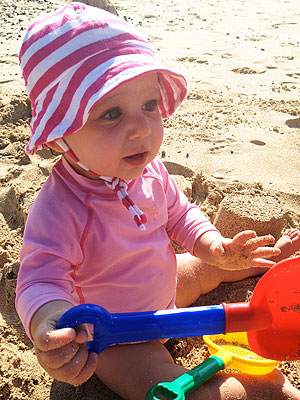From left: Wesley Schultz, Neyla Pekarek and Jeremiah Fraites
Alan Poizner/PictureGroup
Here are five things to know about the trio – Wesley Schultz (lead vocals, guitar), 30; Jeremiah Fraites (guitar), 27; and Neyla Pekarek (cello, piano), 26 – who are up for two Grammys (best new artist and best Americana album) and are also performing on Saturday Night Live this week alongside host Jennifer Lawrence.
1. Most people think that 'Ho Hey' – which reached No. 1 on three different charts – is about a romantic relationship, but that's not the whole story.
"The essence of the song was that I was really struggling to make ends meet in the big city when I was living in Brooklyn and working in New York. It was a myth, this idea that you'd go there and get discovered and it would be this great place for music," explains Schultz, who, like Fraites, hails from New Jersey and moved to Denver in recent years, where they met Pekarek.
"It's about a lost love in some ways, but it's also a lost dream. It's funny that a lot of people play it at their weddings because it was written from a different place. But it's kind of a beautiful thing, actually, that people can take something I was feeling really, really down about and turn it into a message of hope."
2. They've only recently been able to quit their day jobs.
"I was working as a busser, a bartender, a barista, a guitar teacher, caterer – a lot of service industry jobs, because it allows you to get away and tour if you need to or take a night off to play," explains Schultz.
"Jer was bussing tables right along beside me. And Neyla was a hostess and a substitute teacher. She'd been offered a full-time teaching position while we were in the midst of touring – and losing a lot of money – and she still stuck with it. Somehow she chose this over that, which is absurd, but we're glad she did!"
3. They named their hit song carefully.
Were they ever concerned people might call it "Hey Ho" in a derogatory way? "Yeah, at some point we laughed about it," says Schultz. "We specifically named it 'Ho Hey' instead of 'Hey Ho' [for that reason]. If people searched for it online, we'd rather it not be something that takes you in that direction."
Do they mind when people get the title wrong? "Oh no, that would be a little pretentious!" says Schultz with a chuckle. "It's kind of a silly name to begin with."
"It's my mom, Judy, as a child, and her mother," he explains. "I'd asked my mom if she had any old photos that I could look through a while back, and I fell in love with it. You know if you set up a child for a picture then can't get out of the frame in time? My mom had a funny take on it: It's our first album, kind of our baby, like this child."
Schultz thanked his mom for all her years of emotional support with some heavy metal when their album went gold. "I had the plaque sent to my mom, because she'd been really supportive of us and believed in us when a lot of people were pretty concerned. And now she's got a platinum one!"
5. Their band name has more than one meaning.
While Schultz and Fraites have been playing music together for more than eight years (previous band names include Free Beer, 6Cheek, and Wesley Jeremiah), they've only been known as The Lumineers for the last four thanks to a mistake.
"We were playing a small club in Jersey City, N.J.," explains Schultz, "and there was a band out there at the time called Lumineers who were slotted for the same time, same day, the next week. The person running the show that night [mistakenly] announced us as The Lumineers."
The name stuck. "It doesn't mean anything literally. It's a made-up word," says Schultz. Another strange coincidence they learned? "It's also the name of a dental veneer company," he adds.
So how are Schultz's teeth? "I have a pretty good smile," he says with a big laugh. "I won 'Best Smile' in high school. It's a pretty big deal."














